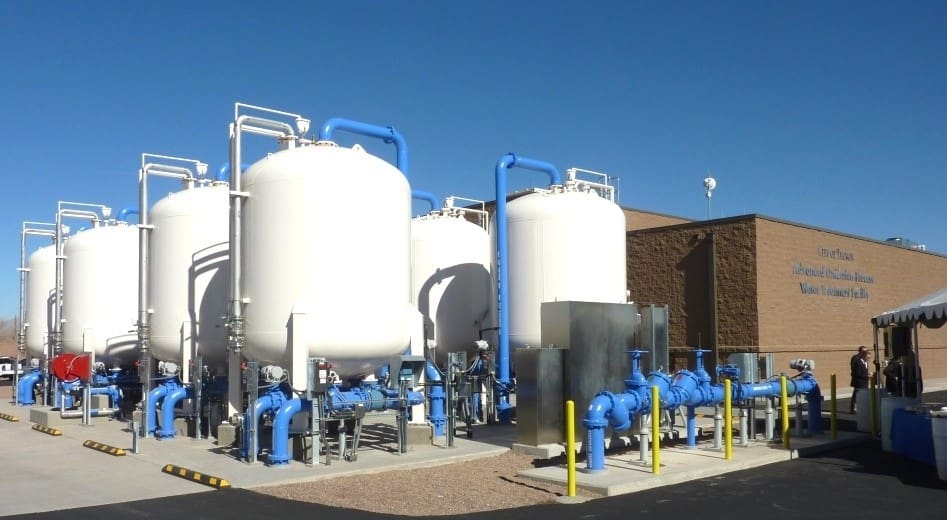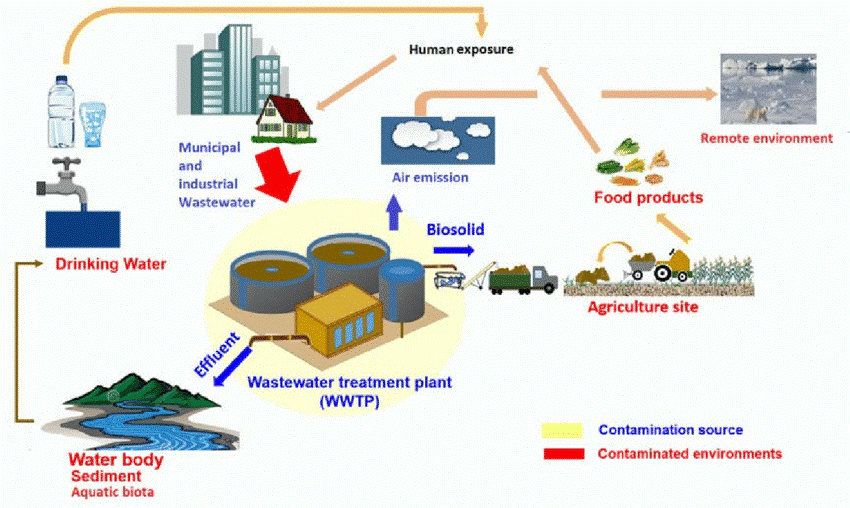Your Overview to PFAS Treatment Technologies and Perks
The frequency of PFAS contamination in water resources requires an extensive understanding of offered therapy modern technologies. Each technology not only targets details PFAS substances but likewise plays a crucial role in boosting total water high quality and shielding ecological integrity.
Understanding PFAS Contamination
Understanding PFAS contamination is critical for resolving its prevalent impact on environmental and human health and wellness (m270 pfas treatment). Per- and polyfluoroalkyl compounds (PFAS) are a group of artificial chemicals widely used in different commercial and consumer products because of their water- and grease-resistant homes. Generally located in firefighting foams, non-stick cookware, and water-repellent fabrics, PFAS have actually gone into the environment through manufacturing procedures, wastewater discharges, and seeping from land fills
Once launched, these substances persist in the atmosphere, bring about widespread contamination of dirt and water resources. Their special chemical framework, defined by strong carbon-fluorine bonds, renders them immune to degradation, resulting in a phenomenon called "forever chemicals." PFAS can accumulate in the human body and the food chain, possibly causing adverse wellness effects, consisting of immune system disruption, developmental problems, and a raised threat of particular cancers.
Regulatory firms and health organizations are increasingly identifying the significance of PFAS contamination, motivating efforts to monitor, evaluate, and alleviate its impacts. Recognizing the pathways of PFAS contamination is necessary for notifying public policy and creating reliable methods to protect both ecological and human health.
Review of Treatment Technologies
Different therapy innovations have actually been established to address the obstacles posed by PFAS contamination in water and soil. These modern technologies can be broadly categorized right into a number of categories, each with its unique systems and performance in getting rid of PFAS compounds.
One noticeable strategy is ion exchange, which utilizes resin materials to catch and eliminate PFAS from polluted water. Another innovation, advanced oxidation processes (AOPs), uses solid oxidants and ultraviolet light to damage down PFAS right into much less harmful substances.

Turned On Carbon Purification
Turned on carbon purification is a widely utilized method for the removal of PFAS from polluted water, understood for its capability to adsorb a broad variety of organic compounds. This modern technology utilizes turned on carbon, a highly permeable material with a comprehensive surface area, which facilitates the binding of PFAS molecules with physical adsorption. The efficiency of activated carbon in removing PFAS is influenced by numerous variables, consisting of the kind of carbon utilized, the get in touch Source with time, and the focus of PFAS in the water.
One of the benefits of turned on carbon purification is its versatility; it can be implemented in numerous arrangements, such as granular triggered carbon (GAC) systems or powdered triggered carbon (SPECIAL-INTEREST GROUP) systems. GAC systems are usually utilized in larger-scale applications, while political action committee can be utilized in smaller or short-lived arrangements. Additionally, the innovation is relatively very easy to operate and maintain, making it obtainable for lots of water treatment centers.

Ion Exchange Systems
Ion exchange systems stand for one more effective method for the removal of PFAS from infected water, matching approaches like activated carbon filtering. These systems run on the principle of exchanging ions in the water with ions held on a resin material. Ion exchange materials can be particularly created to target the negatively billed PFAS compounds, efficiently recording them and allowing cleaner water to travel through.
One of the key advantages of ion exchange systems is their capability to eliminate a large range of PFAS, consisting of both long-chain and short-chain variations. This flexibility makes them ideal for various applications, varying from metropolitan water treatment to commercial procedures. Furthermore, ion exchange systems can frequently attain lower discovery limits for PFAS contrasted to some other treatment techniques, thus boosting water top quality.
Nevertheless, it is vital to keep track of and take care of the regrowth of ion exchange media, as the performance can decline in time due to saturation. Appropriate upkeep and substitute of the material are essential for sustaining the system's efficiency. Overall, ion exchange systems supply a dependable and effective option for PFAS elimination, adding significantly to safe drinking water criteria and environmental management.
Advanced Oxidation Processes
Advanced Oxidation Processes (AOPs) utilize powerful oxidants to efficiently deteriorate PFAS compounds in contaminated water. These ingenious treatment techniques produce extremely responsive types, such as hydroxyl radicals, that can damage down complicated PFAS molecules right into much less hazardous byproducts. m270 pfas treatment. AOPs generally employ combinations of ultraviolet (UV) light, ozone, hydrogen peroxide, or Fenton's reagent, improving the oxidation potential and improving destruction efficiency
The key benefit of AOPs depends on investigate this site their ability to target a broad array of PFAS substances, consisting of both long-chain and short-chain variations. This adaptability is important, as PFAS contamination frequently involves mixtures of various substances with varying chemical structures. Furthermore, AOPs can be integrated into existing water therapy systems, making them a sensible option for numerous towns and sectors.
Nevertheless, the implementation of AOPs can be resource-intensive, requiring careful consideration of operational prices and energy intake. Furthermore, while AOPs are efficient in breaking down PFAS, they might not completely eliminate all results, demanding additional therapy steps - m270 pfas treatment. On the whole, AOPs stand for an appealing avenue for resolving PFAS contamination, adding to cleaner water sources and improved public wellness security

Verdict
In verdict, resolving PFAS contamination calls for a detailed understanding of offered treatment modern technologies. Activated carbon filtration, ion exchange systems, and progressed oxidation processes each present unique benefits for successfully eliminating these damaging compounds from water resources. By picking the proper innovation, communities can boost water high quality, secure public health and wellness, and mitigate the ecological threats related to PFAS exposure. Proceeded research study and implementation of these approaches are necessary for reliable administration of PFAS contamination in affected locations.